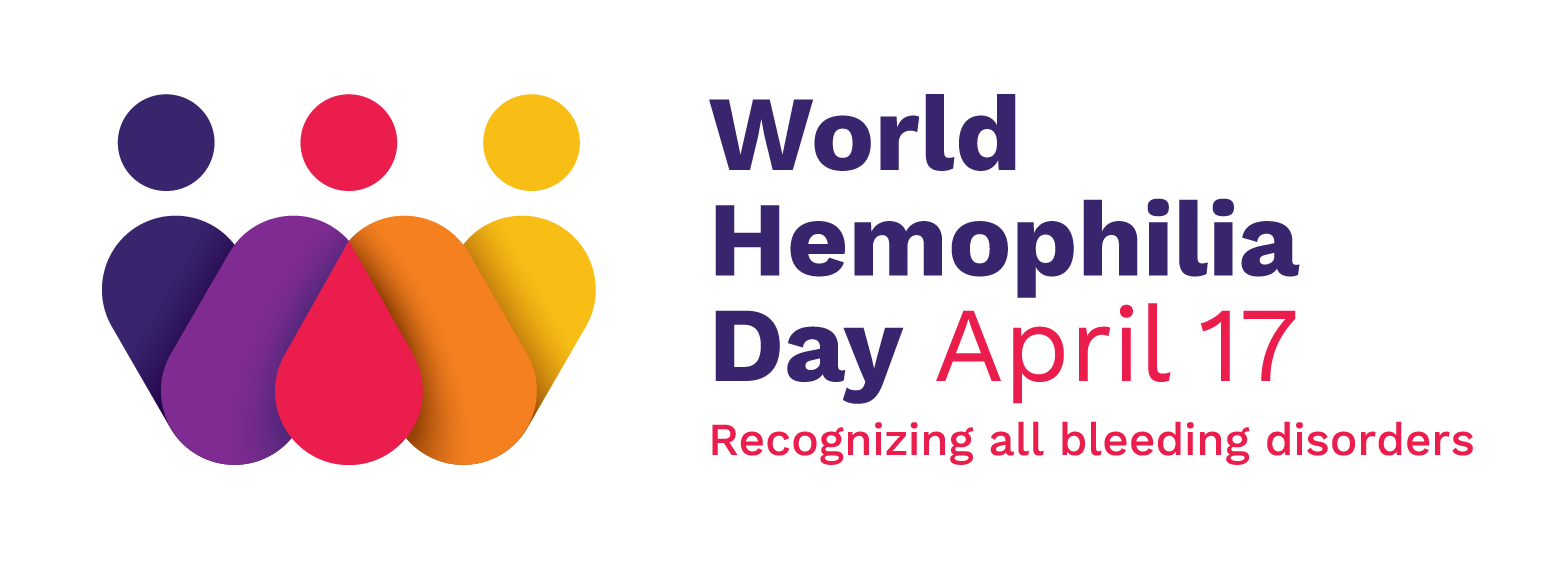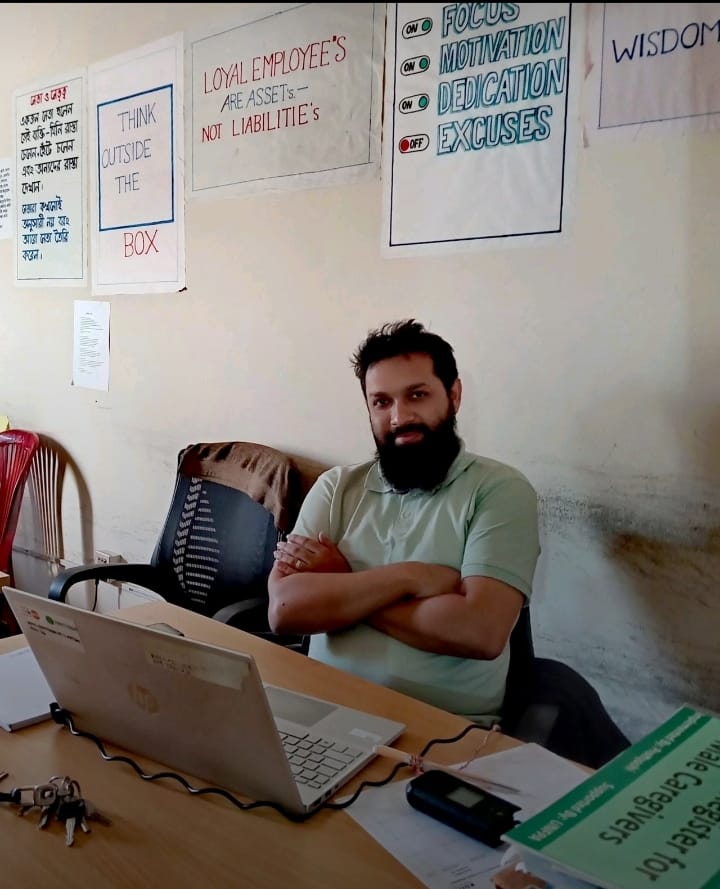From Bleeding Knees to Changing Lives: My Journey as a Hemophiliac Humanitarian.
I still remember the first time I realized I wasn’t like other kids. At six years old, while my friends played cricket and other sports in the dusty streets of Chattogram, I had to sit on the sidelines. A simple fall would leave my joints swollen for weeks, turning my childhood into a cycle of pain and hospital visits. The other children’s nickname for me—*”Glass Boy”*—wasn’t entirely wrong. Like glass, I was fragile.
“You have hemophilia,” the doctors told my parents. But in Bangladesh in the 1990s, that diagnosis came with little hope. Factor VIII injections? They might as well have been made of gold for how inaccessible they were to families like ours.
My parents’ modest income disappeared into doctor visits and ineffective treatments. Factor VIII might as well have been moon dust. I remember one midnight in 2001, my father carrying me through monsoon rains to a clinic, my right elbow joint ballooned with blood. The resident doctor shrugged: *”Give him paracetamol.”* That night birthed two realizations: the healthcare system was failing us, and I would have to become my own advocate.
The worst nights were when the bleeding wouldn’t stop. I’d lie awake, clutching my swollen knee, trying not to cry because I knew it would worry my mother. She would sit by my bed, massaging my leg with warm oil, whispering prayers. “Allah is testing your strength,” she’d say.
One December night in 2019, I thought that test might break me. My knee swelled to the size of a football; the pain was so intense I couldn’t think straight. For eight days in the hospital, with no Factor VIII available, I drifted in and out of consciousness. The doctors warned my wife I might lose mobility in that leg.
But something in me refused to accept that. Maybe it was my mother’s voice in my head. Maybe it was the thought of all the other hemophiliacs in Bangladesh who faced this struggle every day. When I finally stood again after two months of recovery, I made a promise to myself: I would turn this pain into purpose.
I can’t forget that; the classroom became my battleground. While my body often failed me, my mind became my weapon. Between bleeds, bed rest, and hospital stays, I tried to bury myself in books. Many hemophilia patients in Bangladesh drop out of school – how could they attend when walking to class was a risk? But I was determined.
I’ll never forget hobbling into my study sessions for BBA, MBA, and MPH classes, taking exams on crutches, my knee wrapped tightly. The looks from other students – some pitying, some curious – only fueled my determination. “Let them see what a hemophiliac can do,” I thought. I submitted my thesis on time from my bed due to post-bleeding resting. My beloved wife laughed as she helped me balance my laptop on the bed. *”Most patients watch movies, listen to music, or are busy with their smartphones,”* she said. I smiled. *”I’m not most patients.”*
When COVID-19 hit and our family business collapsed, it felt like another cruel blow. But sometimes, life closes one door to open another. I found myself drawn to humanitarian work, first with USAID’s tuberculosis project, then with Prottyashi NGO’s migration project, where I was devoted to educating migrant workers female family members in rural communities in different upazilas of Chittagong districts on financial literacy and entrepreneurship development training, and after successful completion of this project, I was chosen by my organization to work for the forcefully displaced Myanmar nationalities named Rohingya refugees in the Cox’s Bazar Rohingya camp.
Standing in those refugee camps, teaching menstrual hygiene management, gender identity, gender-based violence, equality and equity, child marriage, and behavioral change to adolescents and their caregivers, I saw the same look I’d seen in hospital waiting rooms – the look of people who felt forgotten. It reminded me why I had to keep fighting.
The Work That Heals Me: When I met a hemophiliac, in any event, I looked into the eyes of young patients and their terrified parents and saw my own story. When I train, motivate, and inspire hemophiliacs and their parents, as well as medical personnel, on proper bleeding disorder care, I think of all the nights I suffered needlessly.
That’s why I dream of working with the World Federation of Hemophilia – because I know what it’s like to feel hopeless, and I’ve learned how powerful hope can be.
To Anyone Reading This Who’s Struggling:
“Hemophilia tried to take my childhood, my mobility, and my dignity. But it gave me something too – a fire to make sure no one else suffers as I did.”
“Your pain doesn’t define you. Your bleeding joints don’t limit your potential. I’m living proof that our greatest weaknesses can become our most powerful strengths.”
“Every time I walk into a hospital now – not as a patient, but as an advocate – I remember that scared little boy who thought his life would always be defined by bleeding. And I smile because that boy had no idea how strong he really was.”
Best regards,
A Silent warrior from Chattogram, Bangladesh
Md Tanvir Hossain Majumder (Severe Hemophiliac “A”)

